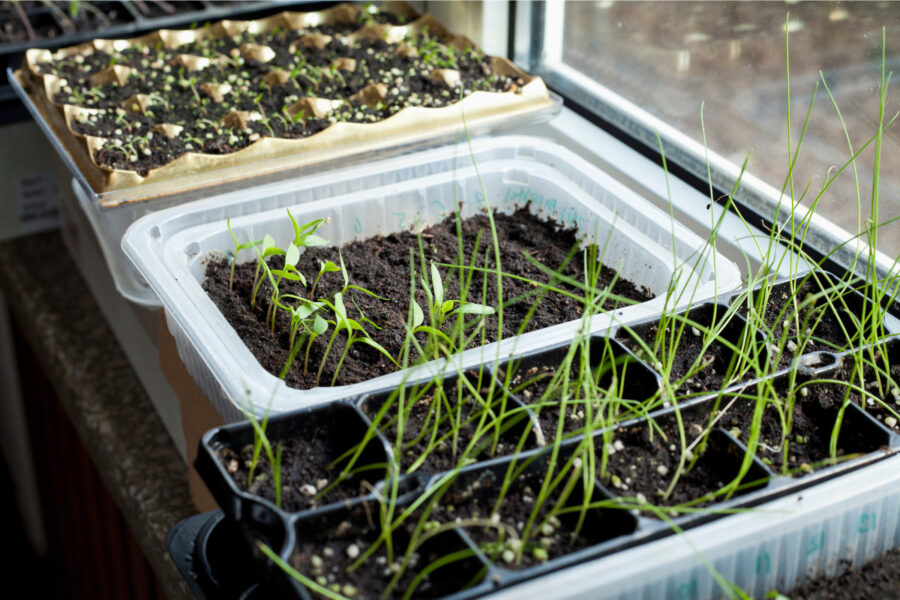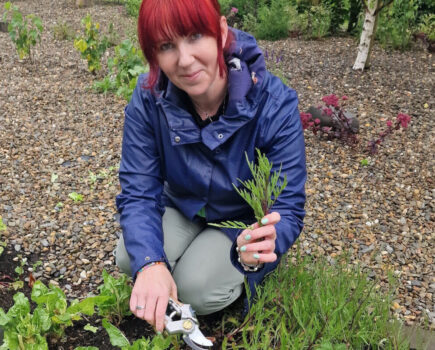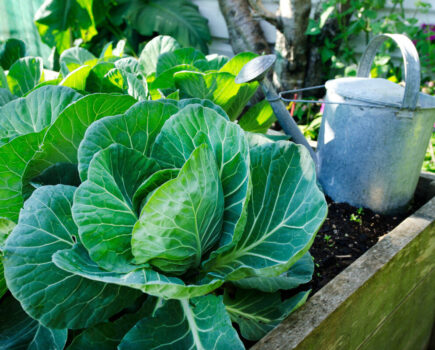Bob sheds light on the best ways to welcome in new plants successfully
Once celebrations are over it’ll soon be time to start our new growing season. The days will lengthen, although they’re still very short and a weak sun is low in the sky. It’s this as much as the cold that restrains what we can sow, or rather, can grow as we can easily get all sorts of seeds to germinate on a warm sunny windowsill or in a warm propagator. It’s just after they’ve emerged that difficulties occur, as there’s just not enough of the weak sunlight for seedlings to grow well.
Often in desperation to climb ‘out of the shade’, our seedlings become etiolated (tall, spindly, yellowish and weak) so it’s best to keep plants a tad cooler so they don’t get quite so leggy. It’s important, crucial even, for them to receive more light.
Obviously cleaning windows and plastic covers is essential as a layer of dirt blocks much of the meagre sun. Then you can help a little by reflecting more light onto your plants with sheets of white paper or aluminium foil placed behind and underneath. There is however a much greater benefit from adding some extra electric light. These growing lamps are well known for being brilliant but were always expensive to buy, install and run and while they were valuable for the commercial grower, it was all too much for us amateurs. Sadly it was also not effective to use ordinary electric lights because they didn’t emit the right mix of wavelengths, and got too hot.
Then …….LED and other high efficiency lights were introduced. At first they were expensive and designed for professionals but the price has since come down. Now you can find these for less that £10 for a small one that is suitable for helping a houseplant or three, or you can pay up to £100 for a powerful unit for illuminating a whole greenhouse bench. These are simple to set up and connect, with a plug and a cable, just like a table or hanging light. Depending on their power they need positioning as close to your plants, seedlings or trays as you can safely fix them.
Start seedlings off slowly

Then it’s like us with sun bathing, if the seedlings or plants are used to low light and you give them too much, the first day they may burn, so start with a short run and gradually make it longer over a few days. But when seedlings germinate and emerge into bright light they automatically adjust.

Thus get your extra light ready as soon as possible, well before you want to sow (I’m thinking of onions, leeks, tomatoes and cucumbers in mid January). You don’t need to run the lights all the time, just roughly the same length as the natural daylight plus a bit more. It will be amazing to watch, as instead of gangly seedlings you’ll get squatter, bushier ones that are greener, stronger, and able to grow away and crop sooner.
Extra light makes the most difference in the earliest days, then as the sun strengthens and lengthens soon after Easter you can put the lights away till next year – or make your house plants very happy.





